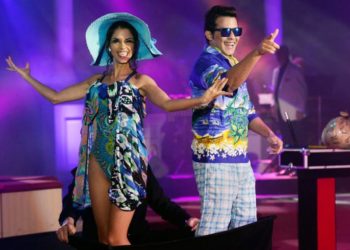Neither kinky nor bad hair
What put artist Susana Pilar on the path of Lo llevamos rizo (We wear our hair curly) was a personal experience. Rather, several painful experiences. "On the street many times, even nowadays, I have encountered people who offend and I have even suffered direct verbal aggressions, mostly from men, sadly black men, because I wear my hair natural," says Susana. Over the centuries, discrimination against black people has been expressed strongly in the western aesthetic sphere, excluding from conventional beauty canons the characteristic features of this group. And all in all, the appearance of the hair has represented an indicator of great weight. Also in Cuba. "For me it was surprising. I wanted to know if it was something that only happened to me or that happened to other people. But beyond knowing this ―because I could solve that with a questionnaire on the street― I wanted to go a step further and create, from my area of action as an artist, a space to positivize natural Afro hair," says Pilar. Thus was born the Lo llevamos rizo work of public intervention, which participated in the 12th Havana Biennial in 2015 as part of the Entre, Dentro, Fuera (Among, Inside...





